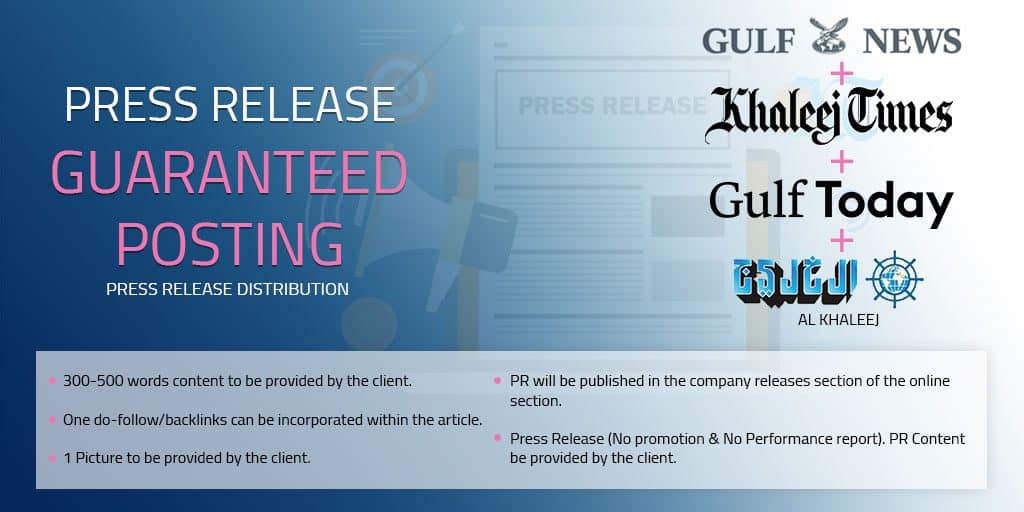DIGITAL MARKETING
Press release distribution is a key strategy for gaining media coverage and public attention, but many businesses have questions about how to effectively utilize this tool. One common question is, “What are the benefits of press release distribution?” Distributing press releases helps to announce significant company news, product launches, or events to a wide audience, including journalists, media outlets, and potential customers. It can enhance your brand’s visibility, improve credibility, and drive traffic to your website, making it an essential part of a comprehensive PR strategy.
Another frequently asked question is, “How do I write an effective press release?” An effective press release should be newsworthy, concise, and structured properly. It should include a compelling headline, a clear and informative lead paragraph, and relevant details that address the who, what, when, where, why, and how. Additionally, including quotes from key stakeholders and providing contact information for follow-up can increase the chances of media coverage.
Businesses also wonder, “How should I distribute my press release?” Press releases can be distributed through various channels, including wire services, media databases, and directly to targeted journalists and editors. Utilizing a press release distribution service can help ensure your release reaches a broad and relevant audience efficiently.
Finally, many ask about the cost of press release distribution. Costs can vary based on the distribution method, length of the release, and target media. At EDS, we offer tailored press release distribution services designed to maximize your exposure and achieve your PR goals effectively.
For people to be interested in your news release, you have to give them a good reason. That reason is the “so what?” factor—what’s in it for them? The word “unique” is important, because it means that the information in the release can’t be found elsewhere. So, if you want your news release to be read, make sure it contains information that hasn’t been released before.
It’s important to consider your intended audience when writing a news release, since different audiences have different interests. For instance, a trade publication for business professionals might be more relevant than a general-interest newspaper. Distributing the release to specific audiences through targeted distribution, such as niche publications and trade journals in your industry, is a basic requirement for news release success.
Search engine marketing (SEO) is an important part of any PR campaign. SEO can increase your search engine ranking and drive more traffic to your website. Include keywords in the headline and subheads, anchor link text, and within the body of the text. Stay away from content mills that churn out releases filled with spam, “unnatural” links. Follow Google’s rules about anchor text, and avoid stuffing the release with keywords by repeating them.
Press releases should be clear and concise, avoiding industry jargon and clichés. A catchy headline or first sentence will attract attention from editors who decide whether or not to publish the story. If emailing a release, include your key pitch point in your email cover note.
For news releases, reporters may want to include a quote from a top executive or company expert. However, most executives’ quotes are too long-winded or filled with industry jargon. Quotes that focus on the company’s products rather than on the reporter’s questions will probably be deleted.
To avoid embarrassing mistakes in a publication, proofreading must be thorough. Public relations agencies and departments have lost revenue, faced angry executives and suffered public ridicule because of proofreading oversights such as misspelled names in headlines, incorrect prices and wrong dates for company events. Following recommended proofreading practices can help spot errors and avoid embarrassment. Also remember to check the contact information and basic boilerplate background.
PR people can build their own media databases with a spreadsheet and some earnest research. Many experienced PR pros now recommend against paying for news release distribution services, except in a few situations. Commercial news release distribution services place news releases in front of few, if any, relevant journalists. The services can place the release on online news sites, but most public cannot find the link from Google or from the site’s home page. Instead of relying on press release distribution services, PR people should build targeted lists of relevant journalists, develop relationships with those reporters over time, and send news announcements directly to them when they are relevant.
News releases should not be issued on certain days of the week, unless the announcement is time-sensitive and involves breaking news. Some businesses avoid distributing news releases during the holiday season unless they have a seasonal connection, but that time offers PR opportunities because PR activity slows.
Repurposing content can increase its value to an organization. For example, PR can modify and expand the release for a company blog or create a video interview based on the release.
News releases are a powerful tool for public relations because they help keep your company and its products in the news. Independent media monitoring services can show you how well your PR efforts are working by finding where the stories about your company have appeared across all media, including social media mentions that can be just as important as traditional news media placements. Seek a monitoring service that offers customizable PR measurement dashboards that integrate results from print, online news, broadcast, social media and analytics from corporate and brands websites.
Press releases remain a powerful tool for spreading news about your business, as long as you follow best practices in preparing and distributing them and track the effectiveness of your efforts

